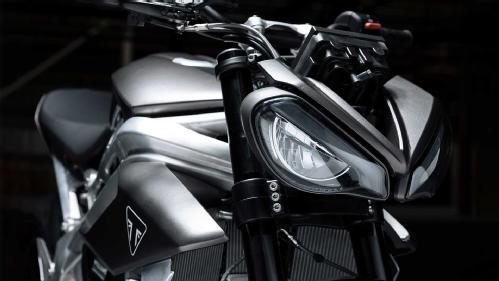Success Story Assetbank
Journeying to a Wireless Future
Challenge
Wireless charging means being able to charge an electric vehicle without having to plug it in, which can be easier than wired charging, and negates the need for cables. This means there are no trailing cables or heavy connectors which reduces clutter and trip hazards. It’s accessible for people with disabilities, more convenient for fleet charging, and can even enable autonomous vehicles to charge themselves. Charging could be completed at taxi ranks and short-stay car parks like when visiting a supermarket.
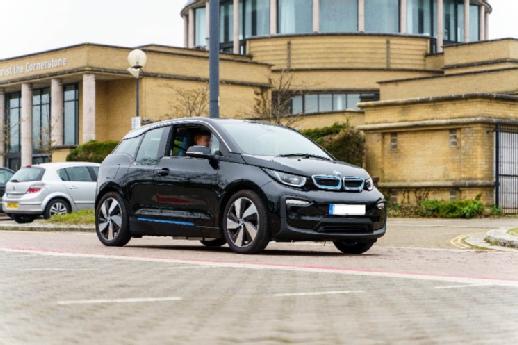
In wireless inductive charging systems, high frequency electricity is supplied to a ground pad giving rise to a pulsating magnetic field. This allows power to be transmitted contactlessly via the electromagnetic link to the receiver pad embedded in the base of the vehicle and following rectification it is fed to the DC terminals in the vehicle. A sophisticated control system manages the flow of power to the battery.
Currently, there is no UK supply chain for this technology. High Value Manufacturing Catapult at WMG set out to address this. WMG took on the challenge to design, build and retrofit to an electric vehicle a fully UK-made 20kW wireless charging system. Along with honing expertise as part of this process, engaging with potential UK supply chain partners was a key priority, recognising that many elements of wireless charging systems would be new to potential UK suppliers. WMG was able to work with a range of companies in fabricating and assembling parts for the system (pad-makers, potters, etc.), mechanical integration (retrofitters), electrical integration (EV charger specialists) and back-office (communications, app interface, metering and billing specialists).
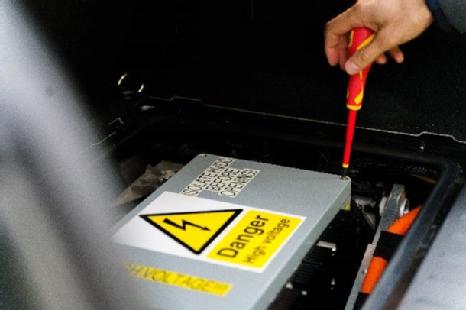
Solution
WMG designed, assembled, tested and delivered a working prototype of a 20kW rated wireless charging system, retrofitted and electrically integrated on a BMW i3. Supply chain partners were engaged to construct various parts of the system according to WMG’s specification. WMG contributed expertise in wireless charging, use of a high-performance computing cluster, along with purpose-built analytical design scripts to explore the large potential design space and find an electromagnetic and resonant circuit configuration that would meet requirements. WMG’s laboratory facilities were used to assemble and test the overall system.
The project was a significant step up from previous work, taking a wireless system beyond the laboratory bench and integrating it with a vehicle.
The physical delivery of the wireless charging system was performed under the MK GUL (Milton Keynes Go-Ultra-Low) project, where WMG was contracted through eFIS (an ARUP subsidiary) by Milton Keynes Council for delivering electric vehicle charging or charging support technology. The resulting wireless charging system was publicly demonstrated in three events in Milton Keynes in a central car park location. The demonstration system is mobile (with no permanent ground works on site) so can be used in various locations.
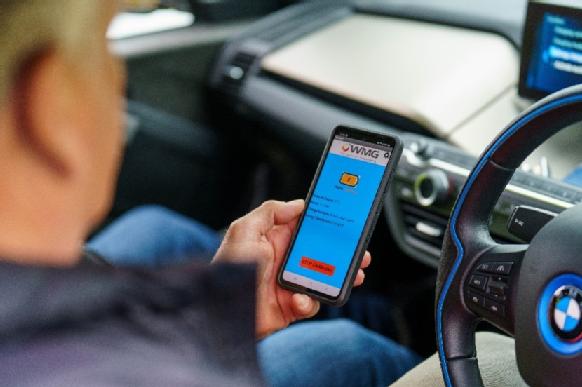
During the demonstration events, members of the public and representatives of the project’s organisations drove the electric vehicle around the car park and aligned it in its parking space containing the charging ground pad. Then they initiated, monitored and terminated the charging process through a mobile app developed by WMG.
Impact
The prototype wireless charging system demonstrated is thought to be the first UK-designed and built wireless charging system to have been retrofitted to an electric vehicle.
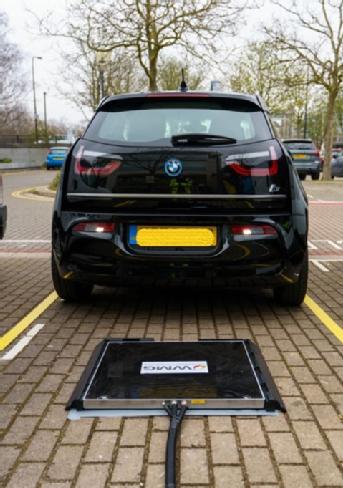
As part of follow-on work relating to the Innovate UK OSRIC project, a second copy of the wireless charging system is being constructed for which further UK companies are being engaged and knowledge transfer occurring so that they can understand the assembly activities that were carried out at WMG.
WMG has a notable track record and experience in delivering a number of wireless charging projects, although this is the first one which has been taken out of the lab setting and into a fully functional practical application. WMG took a leading role in the design, development and knowledge transfer regarding wireless charging technology.
Future research will explore further aspects of systems to make them more commercially acceptable and easier to adopt. Also extending research capabilities into the high and very high frequency wireless charging systems, alongside continued engagement with industry partners for the development of a UK supply chain. WMG is not seeking to manufacture systems directly, so working alongside UK-based SMEs will be critical to getting the technology applied in “real life” and commercialised. WMG therefore invites more commercial partnerships in this sector.
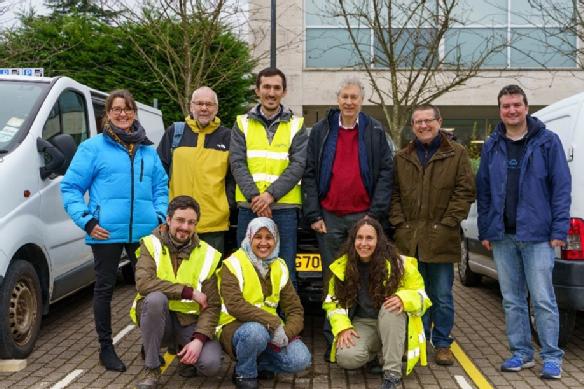
Pictured: Members of the project team from WMG (University of Warwick), eFIS (ARUP), and Milton Keynes Go-Ultra-Low.
Uni-WARP project supports companies in a shift to transport electrification
Transport is now the highest emitting sector of the UK economy, accounting for 22% of total green-house gas emissions. The Government has announced plans to make every mode of transport net zero emissions by 2050 and has set ambitious decarbonisation targets. Electric vehicles (EVs) are seeing a surge in demand, with sales of battery electric and plug-in hybrid vehicles accounting for over 13% of sales in January 2021 compared with 6% in 2020 (Society of Motor Manufacturers and Traders, SMMT). But market opportunities in other transport sectors, such as two-wheeled vehicles, aerospace and marine, are growing significantly.
Challenge
While automotive battery technology is relatively well established, other transport sectors are at an earlier stage in their electrification journey. This led to new partners from sectors such as aerospace and off-highway approaching WMG with questions like “what size of battery do I need?” and “what is its mass and volume?”
Engineers in our Energy Innovation Centre (EIC) set out to create a set of easy-to-use modelling tools to provide simple answers to these questions. These tools would support OEMs in non-automotive sectors to better understand battery capacity and sizing as well as analysing the cost-benefit ratio over the lifetime of a single vehicle or fleet.
The Uni-WARP project was funded by WMG Centre High Value Manufacturing (HVM) Catapult and aimed to create tools to help companies to make the right choices early, saving time and cost, ultimately enabling the shift to transport electrification.
Solution
Our team of technical experts created a unique database using real-world battery data compiled from over ten years’ of cell characterisation data from WMG’s own labs, as well as publicly available data on energy and power requirements for electric and hybrid vehicles.
Several models and tools were created to help businesses select the right approach to suit their needs, in terms of system architecture, configuration, cells, subsystems and control.
Two of the key tools of use to industry, trade bodies and Government agencies are:
- Ready reckoner: a high-level sizing tool for wheel-based, aircraft, rail, marine, off-highway and public service vehicles. It calculates the battery size, weight and cost to support decision making.
- Cost-Benefit Analysis (CBA) tool: uses high-level battery pack cost estimates to determine the potential costs and benefits over different timescales and for different technologies. The CBA tool provides a £/kgCO2 saved, and a payback period for the savings compared with a conventional product.
Impact
The tools have already been a critical enabler in electrification decisions for several businesses. In particular, the tools have received positive feedback from firms in the aerospace industry including operators and airports who are working with WMG to help them meet their sustainability targets
The Uni-WARP toolchain was utilised within the Innovate UK funded “Triumph TE-1” project, which aims to create an electric motorcycle technology demonstrator, in collaboration with Triumph Motorcycles Ltd, Williams Advanced Engineering, Integral Powertrain and WMG.
Uni-WARP formed the basis of a study investigating the CO2 savings, cost benefit, energy usage and vehicle payback period for electric motorcycles, for different user groups within the UK. Outputs from study are supporting Triumph with respect to their future product plans and business strategy. Defined CO2 savings and energy usage from this study are directly supporting a government strategy document for electric two wheeled vehicles.
Natalie Fern-Lyons, Special Engineering Programme Lead, Triumph Motorcycles Limited commented, “The battery sizing and cost-benefit analysis tools were a vital input in the Triumph TE-1 project. Understanding the CO2 and energy savings will help us develop a business case for Triumph’s future electric motorcycle offer.”
The tools generated through this project will continue to be used to underpin other collaborative projects across multiple sectors, as well as helping companies to enhance their understanding of battery technology. Further to this, we are supporting trade bodies such as the Aerospace Technology Institute (ATI) to understand the CO2 savings and energy usage in aerospace and aviation.
